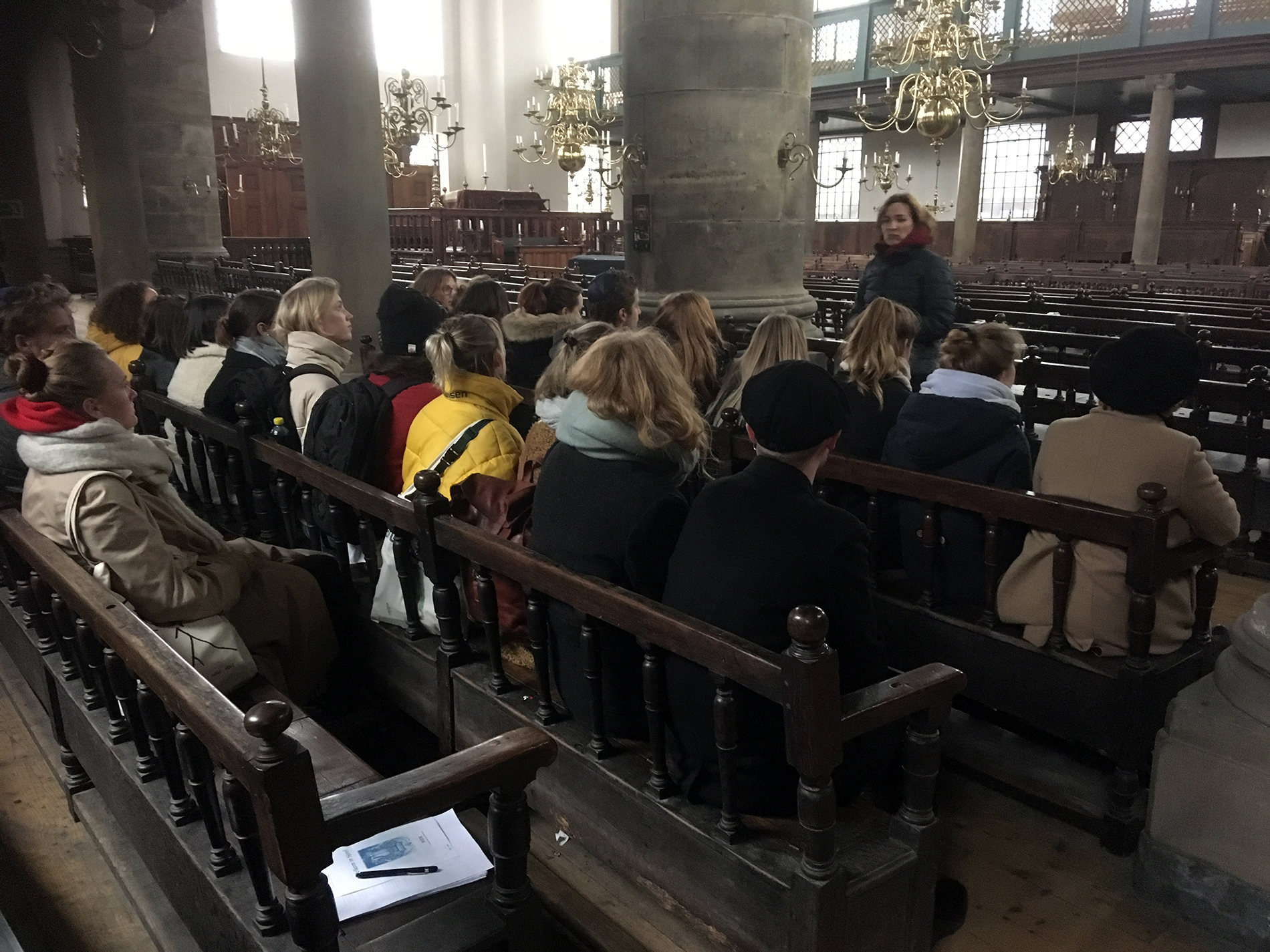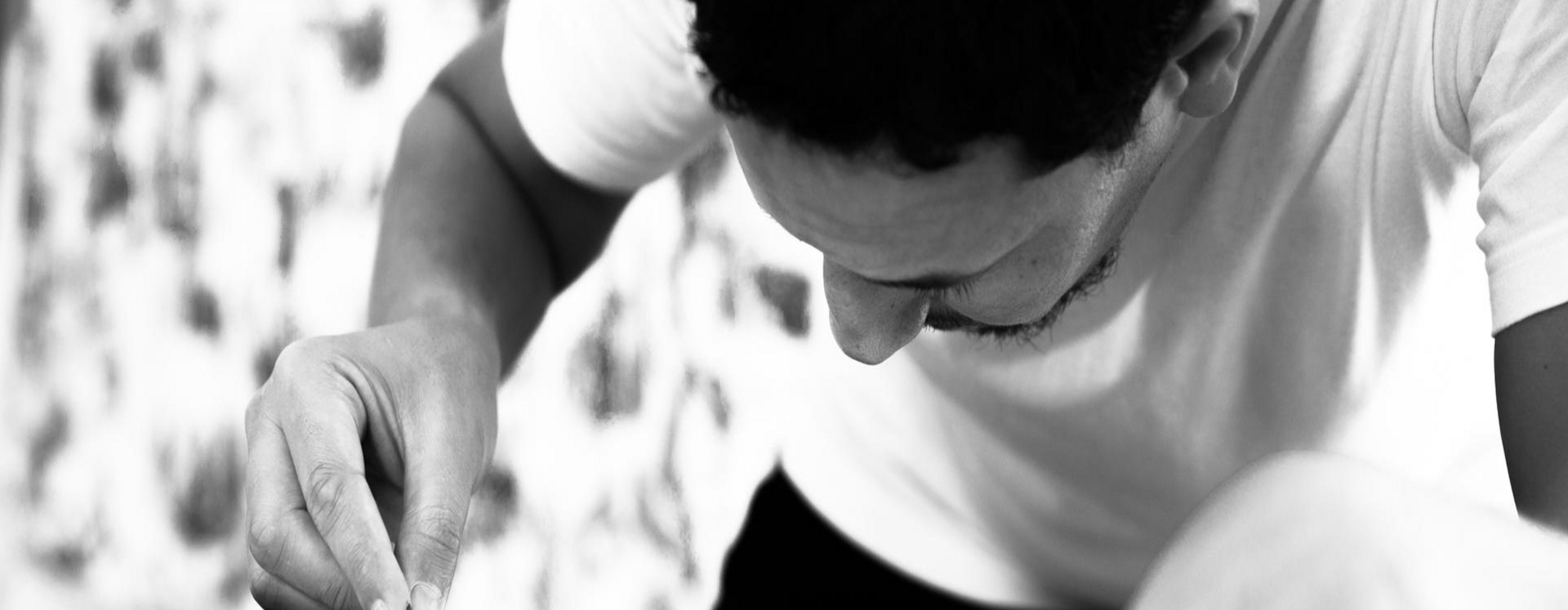Interpreting Religion with Cultural Heritage Students
[Translate to English:]
The issue of exhibiting religious objects exemplifies challenges faced by heritage professionals today: How can various ways of appreciating cultural heritage be facilitated? How to support different forms of interpretation and learning? Furthermore, how to create empathy for people in other times, other places and other cultures? The elective course Cultural Heritage & Religion introduces students of the Reinwardt Academy (Amsterdam University of the Arts) to the material culture of Judaism, Christianity and Islam, and stimulates them to formulate a stance regarding the potential as well as pitfalls of the presentation of religious objects. Museums sometimes seem to opt for a neutral, a static, and an aesthetic approach in the presentation of religious objects. However, it is important to note that museum displays that only highlight the art-historical or cultural-historical value of religious objects are all but neutral. Part of the story remains hidden, and therefore the full potential of these objects remains unused. Inspired by a combination of literature study, interactive seminars, and excursions to museums with religious object collections, as well as visits to Jewish, Christian, and Islamic places of worship, students suggest different approaches: Museums have the potential to touch and reach new audiences with religious objects by providing space for multiple interpretations and personal stories, and by including sensorial and emotional stimuli in the exhibition’s design. As religious objects express both the highs and lows of life, they can function as mirror images with which diverse, contemporary audiences can identify.
Link naar artikel.

